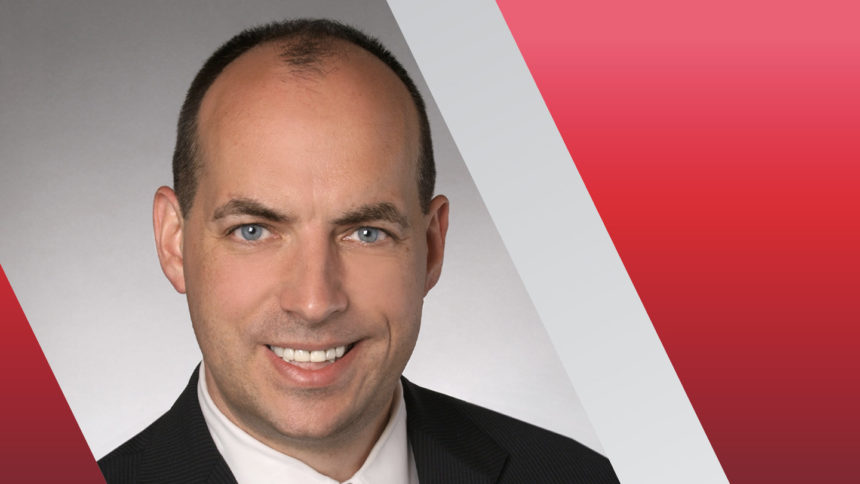
Aging services and the long-term care sector will radically change over the next 10 years as the number of seniors seeking care grows exponentially, according to experts participating in a symposium focusing on changes in post-acute care.
Nursing homes also will be competing on a different playing field as hospitals, insurers and private equity decision-makers broaden into other areas of the healthcare continuum in an effort to remain profitable.
“Your competitors today will not be your competitors tomorrow,” said Matt Murer, Healthcare, Public Policy, and Government Investigations department chair at the Polsinelli law firm. He added that providers should take a “holistic” view of who their customers are and who else is trying to provide the services they need.
Murer (pictured) and others spoke during a Marcum Healthcare Symposium titled “Navigating Change in Post-Acute Care” Tuesday on the challenges the sector is facing and what’s likely to come as the largest generation in the US continues to age. That aging balloon coincides with the industry facing a persistent staffing shortage. Projections show a national shortage in healthcare of more than 4 million workers by 2026, according to information from Marcum.
A push from lawmakers and others to provide infrastructure to allow more people to age at-home — whether that’s a traditional house, independent or assisted living facilities — will be a “huge sea change” that affects all of healthcare, said moderator David Friend, MD, Marcum’s Midwest Healthcare Leader. There are approximately 3.2 million total beds across long-term care settings nationwide, but an estimated 60 million people will potentially need care as they age.
“Even if all 3.2 million beds are filled, that means 90% to 95% of people will need to be cared for at home,” Friend said. “There is simply not enough capacity to care for them.”
However, the panelists also spoke about opportunities for providers who step back from day-to-day care to assess their organizations.
“Most of this care is not going to be in a hospital,” Friend said. “It’s going to be done elsewhere, meaning that post-acute care is going to continue to grow. There is so much opportunity to improve the system … to innovate and make it better for patients.”
Jennifer Richter, CEO of the Richter financial and consulting services firm, spoke about the need for providers to differentiate themselves from competitors and other healthcare services.
“We as an industry have to redefine the roles throughout the whole continuum of healthcare, and each organization has to make a decision about who they are,” she said. “People are living longer, and they’re more educated on health and wellness. People are aging better. Providers are so focused on direct care and outcomes … that they neglect the leadership and analysis and assessment of the organization.
Panelists touched on the rapid growth of Medicare Advantage, which is creating shifts in market power, particularly to large physician groups that are backed by private equity, to make care decisions. Murer said they’re seeing significant pushback against families trying to extend a relative’s stay in a facility.
“They’re managing the costs,” he said of the insurers in the program. “It all comes back to money — the more dollars they save per beneficiary, the more they can put into their pockets.”
The cost of capital and interest rates impacting real estate and investments, as well as labor shortages, will continue to present challenges to the sector, panelists said. Cybersecurity also remains a threat to the sector, said David Mustin, vice president of strategic IT consulting at Marcum Technology.
“No other industry talks about losing life when a cyberattack happens,” Mustin said, referring to the potential harm that could be caused if a cyberattack on a nursing home, for example, results in a disruption in care.
Discussions about data in the sector also encompass the problem of portability of patient records, panelists said. HIPAA rewarded medical offices that digitized patient records and penalized those who did not, but the system still doesn’t have easy answers or methods for seamlessly providing multiple providers across the continuum, especially when patients are coming from true at-home care or from assisted or independent living facilities, they said. “We’re one of the few areas still using fax machines to transfer data,” Friend observed.




